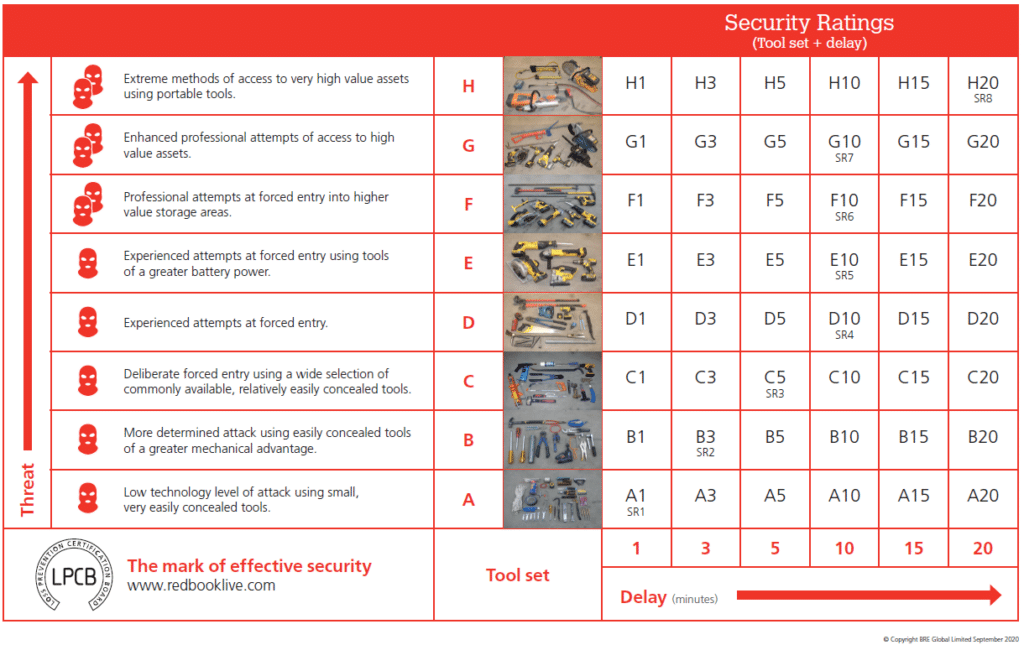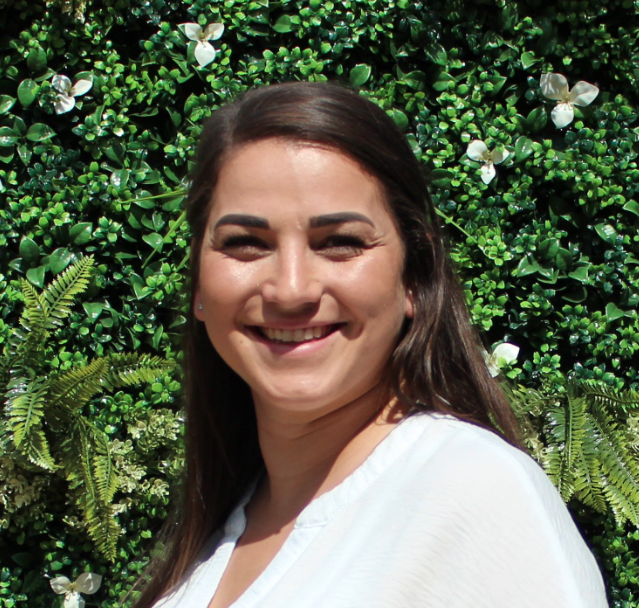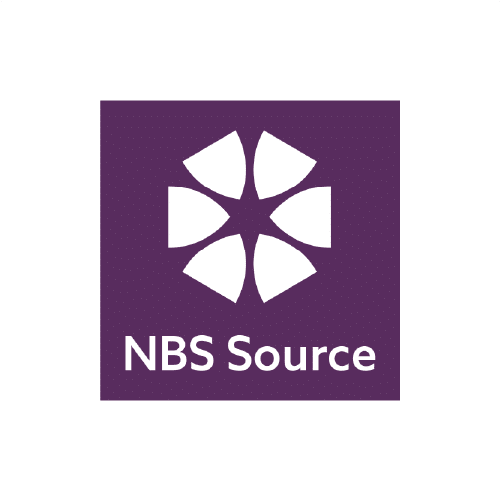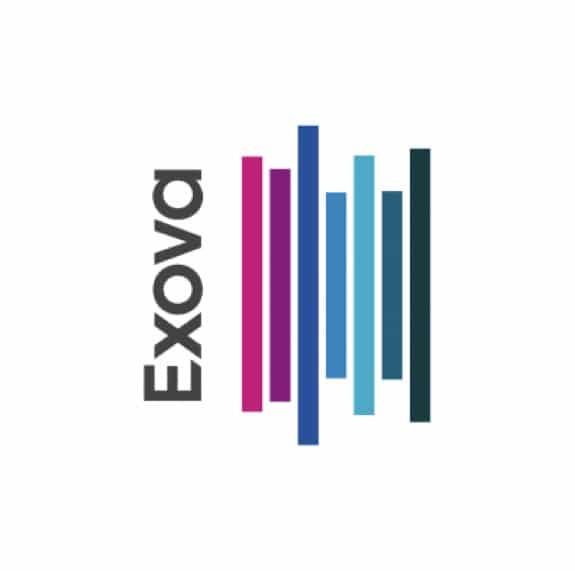
The LPS 1175 testing process begins with the submission of a product to LPCB for evaluation. The submitting party determines the desired security rating classification that the product needs to meet. This classification consists of a letter and a number: the letter corresponds to the threat level associated with the toolkit used during testing, while the number represents the delay time in minutes.
For example, if a product is tested using toolkit D for a duration of 10 minutes and successfully passes the test regime, it would be classified as D10.
This classification system allows for clear identification and communication of the level of security provided by the tested product, aiding consumers and stakeholders in making informed decisions about the suitability of the product for their specific security needs.

Worldwide standards

Summary
The infographic produced by BRE summarizes the comprehensive range of security ratings available within Issue 8 of LPS 1175.
Achieving successful security entails more than just implementing delay, detection, and response measures; it also involves creating an impression for hostile actors that the risks and investment required outweigh the perceived value of the return. This deterrence factor is crucial in preventing security breaches.
LPS 1175 offers a security rating system that evaluates the effectiveness of physical delay measures, including perimeter barriers (such as fences, gates, and turnstiles), façade elements (such as doors, windows, walling, and roofing systems), as well as secondary and tertiary measures (such as shutters, grilles, cabinets, and other enclosures).
The certification issued under LPS 1175 provides robust assurances regarding the capability of these barriers to deter, delay, and deny unauthorized access, while other components within the security strategy contribute by detecting and responding to threats effectively.

We offer a wide range of LPCB rated shutters from A1 up to E10.
Our latest product the E130 Elite E10 (SR5) is suitable for government buildings, national infrastructure and military bases amongst other things.
The full range of LPCB approved security shutters can be found here.
Alternatively for a discussion with our technical support team call us on 0800 060 8842 or email hello@rochesystems.com

 4.7/5
4.7/5  Award
Winning Customer Service
Award
Winning Customer Service
 Nationwide Coverage
Nationwide Coverage Free
advice on best solution
Free
advice on best solution












